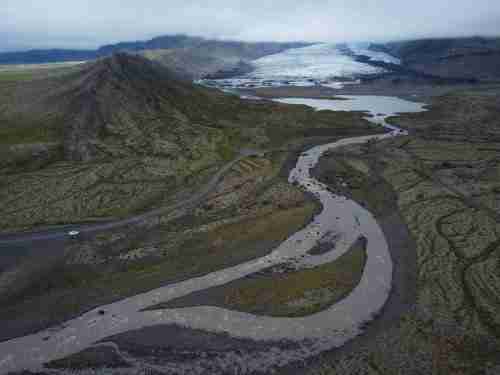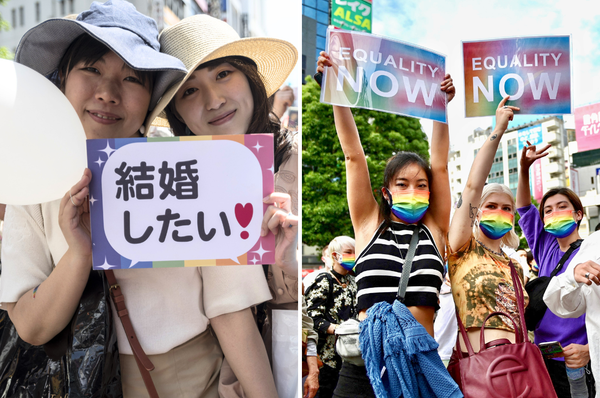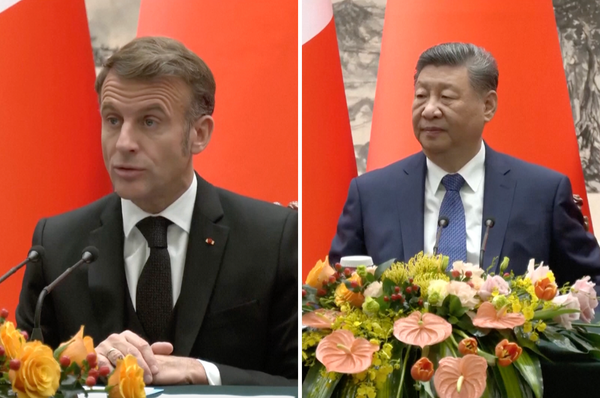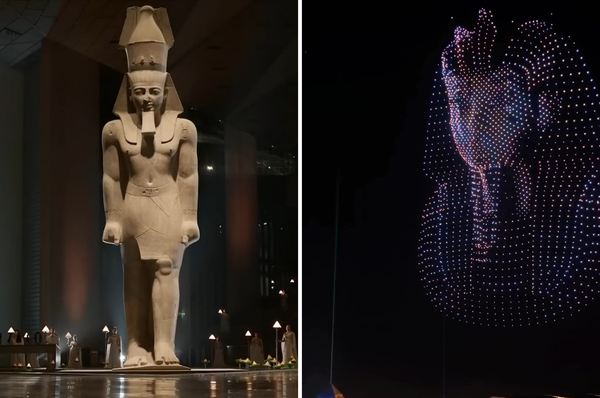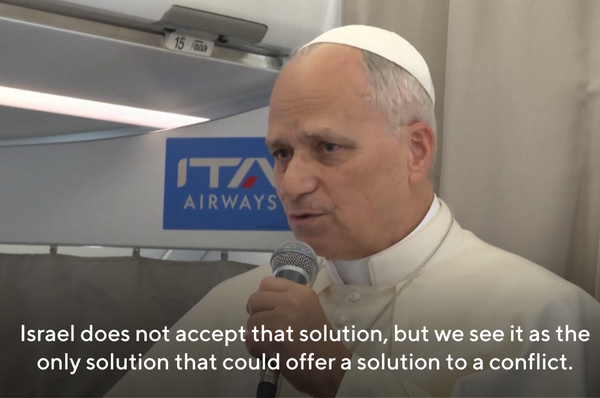Iceland’s Glaciers Are Melting And Receding Even Faster Than Before Due To Global Warming
Iceland is facing some of global warming’s worst impacts. Since the 1990s, around 90% of the country’s glaciers have been retreating, and the future seems just as bleak as projections show a continued and strong reduction in size of Iceland’s three ice caps.
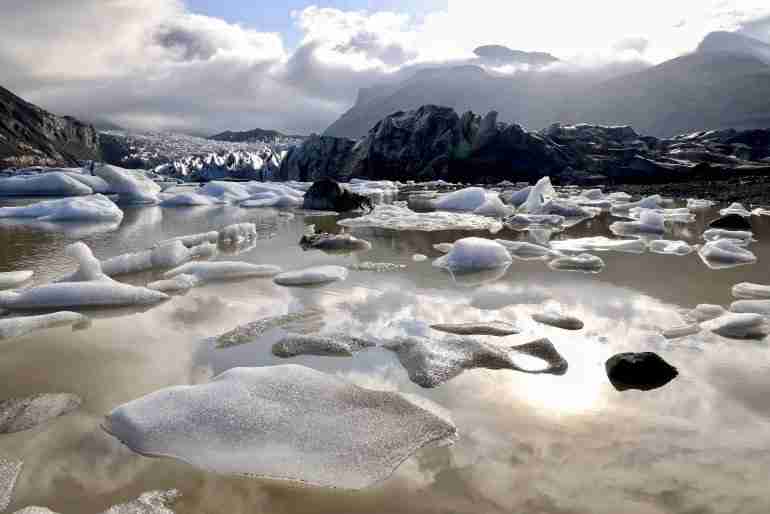
Iceland is facing some of global warming’s worst impacts. Since the 1990s, around 90% of the country’s glaciers have been retreating, and the future seems just as bleak as projections show a continued and strong reduction in size of Iceland’s three ice caps.
Vatnajokull, the country’s biggest ice cap along the southeastern coast, has many glacier tongues in danger.
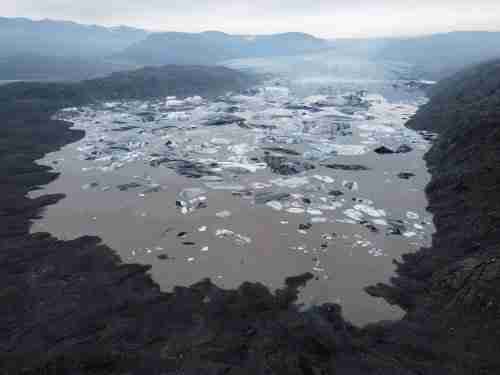
Kviarjokull, Breidamerkurjokull, Fjallsjokull and Svinafellsjokull are only a few of the dozens of glacier tongues that descend from Vatnajokull and have evidently shown the impacts of global warming.
In the wake of these receding glaciers, mostly barren and gravel-covered landscape is uncovered, with portions of the glaciers’ ice blackened by volcanic rock and dust left behind.

As glaciers and icebergs fall and melt, they create lakes of meltwater – and Iceland’s biggest lake, Jokulsarlon, has been created by meltwater from the Breidamerkurjokull glacier.
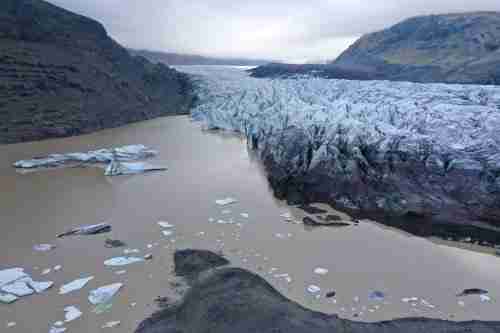
Every year, Breidamerkurjokull, among the biggest of the glaciers that descend from Vatnajokull, loses an average of 100 to 300 meters in length.
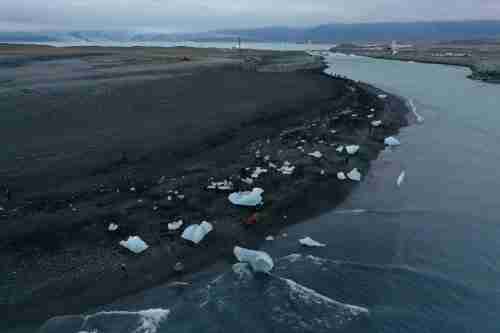
But hope may not all be lost. Vatnajokull state park ranger and university graduate student Hlynur Steinsson has recently found that the soil near Breidamerkurjokull is showing an abundance of bacteria and fungi, which are essential to starting the process of ecological recovery.
